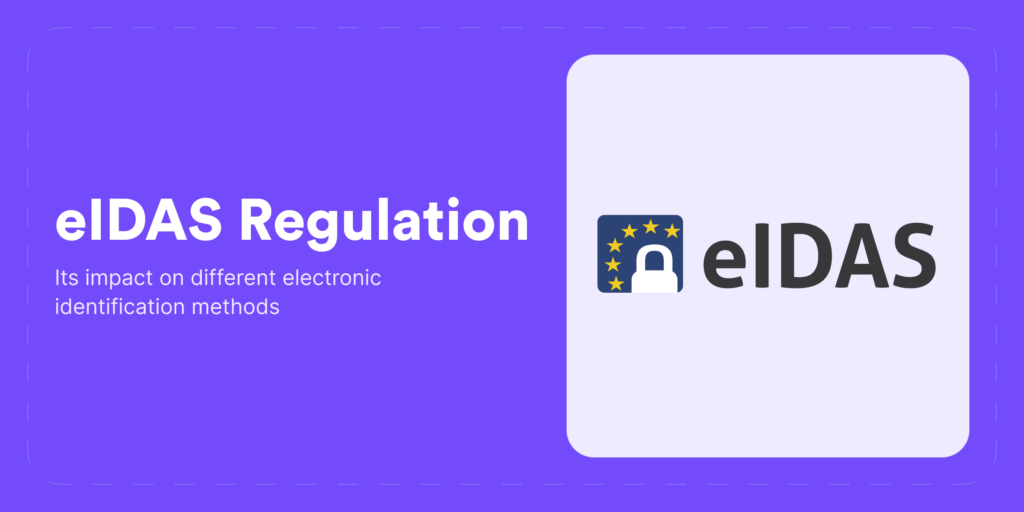
April 3, 2024
eIDAS Regulation: What You Need to Know
Find out what eIDAS is, its history, importance and the key steps that are required to build a secure and compliant identity verification aligned with these regulations, ensuring digital trust and security.

The Risks of Shell Companies in Money Laundering
Shell companies can hide ownership and transactional details from regulatory and law enforcement authorities, which makes them less transparent and, at the same time, more attractive for fraudsters to use for money laundering. Read more.
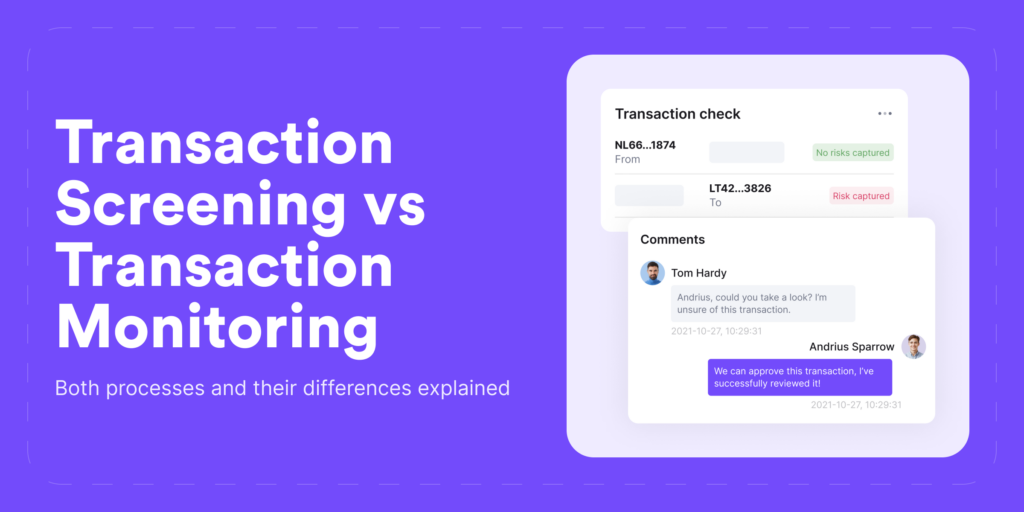
Transaction Screening vs Transaction Monitoring [AML Guide]
Explore the key differences between transaction screening and transaction monitoring processes, learn why they’re vital for AML compliance, and find out the best ways to manage emerging fraud risks.
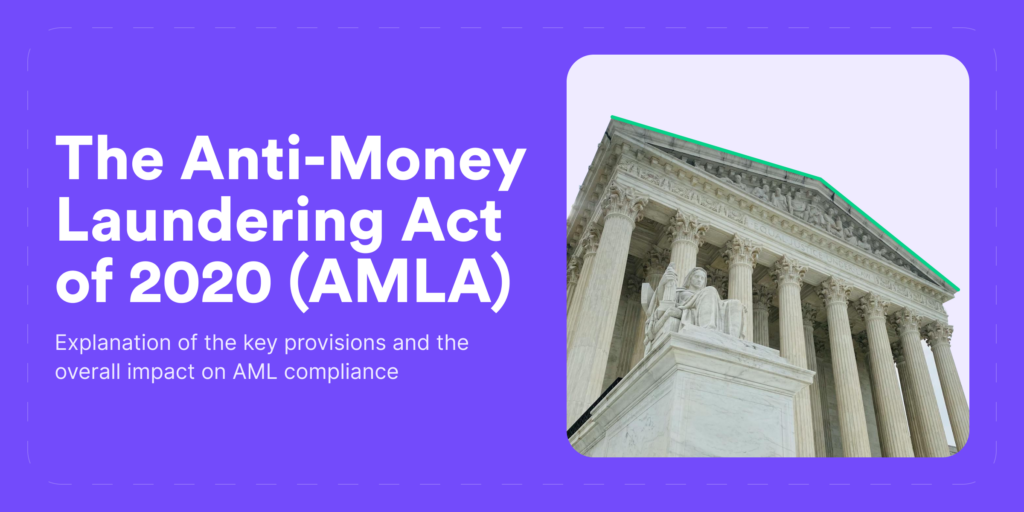
March 19, 2024
An Overview of the Anti-Money Laundering Act of 2020 (AMLA)
A major milestone in AML compliance occurred with the passing of the Anti-Money Laundering Act of 2020 (AMLA), which perfectly reflects the expansion of US AML laws in recent times. Discover the key changes and their impact on today’s AML landscape.
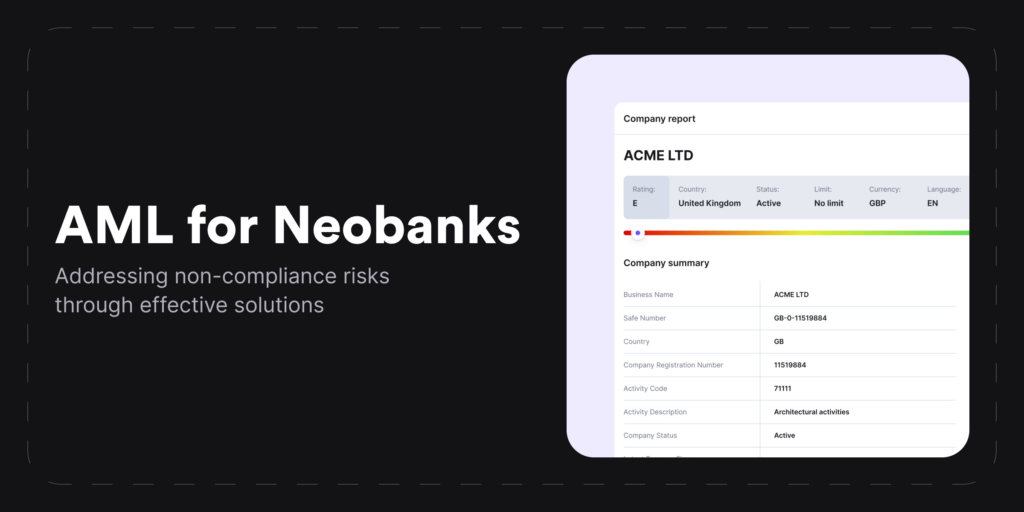
AML for Neobanks: Compliance Challenges and Solutions
Find out which qualities make up a neobank, how this new form of a bank differs from traditional financial institutions, if neobanks are obliged to stay in line with the same AML requirements and learn how they overcome their compliance challenges.
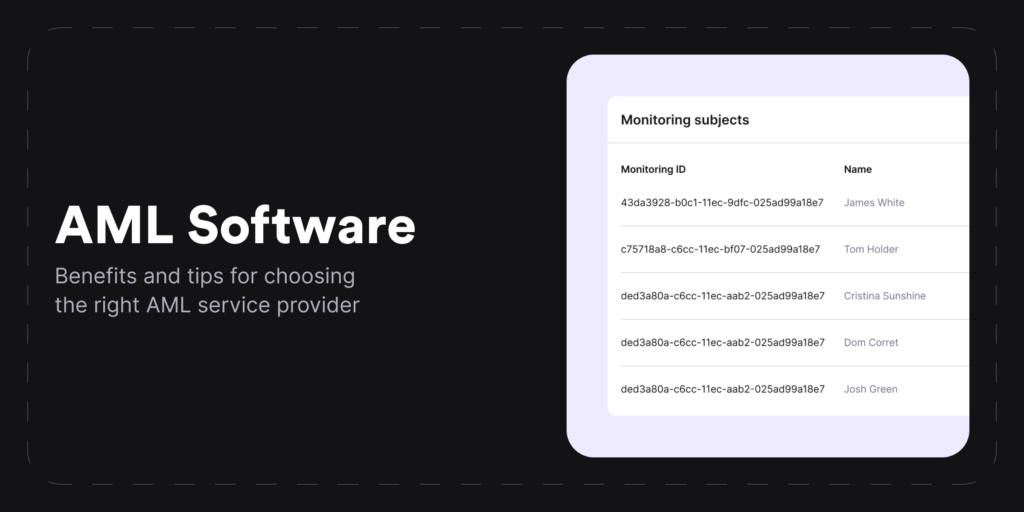
Anti-Money Laundering (AML) Software: Explanation, Features & More
Explore the world of anti-money laundering (AML) compliance, access insights on selecting the right AML software, identify what crucial features AML automation should have, and understand what AML procedures AI-powered solutions can actually automate.
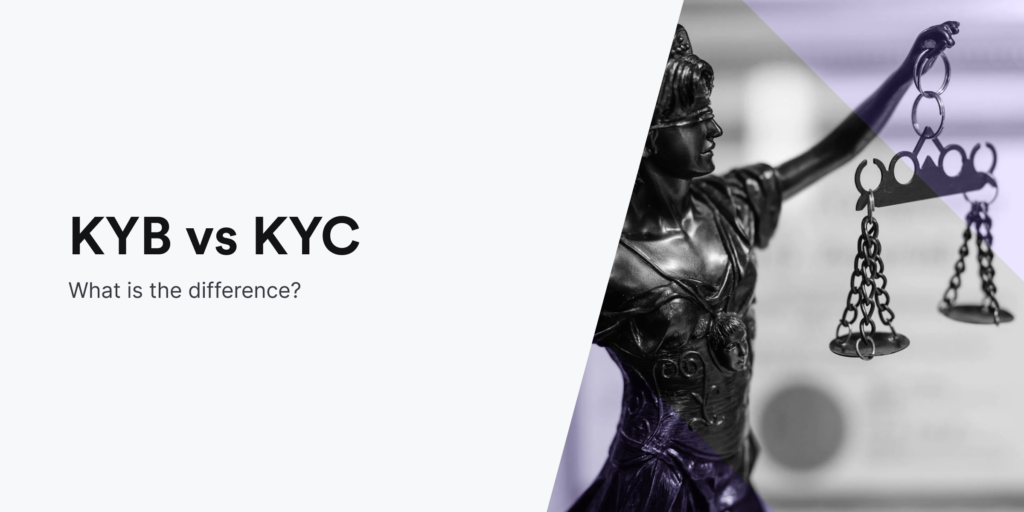
KYB vs KYC — What is the Difference? [Explanation Guide]
KYB and KYC checks are vital for AML compliance, ensuring safety through verifying identities, reporting suspicious activities, and maintaining detailed financial records. Discover the distinctions between both processes and learn the essential steps helping businesses prevent financial crime.

February 23, 2024
Top 5 KYC Challenges and How You Can Overcome Them [In-Depth Explanation]
Learn the key reasons why companies struggle with KYC challenges. Find out how to build a proper identity verification process while keeping up with the regulatory compliance requirements and increasing customer demands — all while exploring real-life use case examples from various industries.

February 14, 2024
AML Red Flags — Complete Breakdown
Did you know that the Financial Action Task Force (FATF) was created in 1989? Since then, they have set grounds for a more stable action plan against money laundering and terrorist financing. However, the level of complexity in financial crime is rising, and companies must be vigilant when it comes to different risks — or, as we call them — AML red flags.
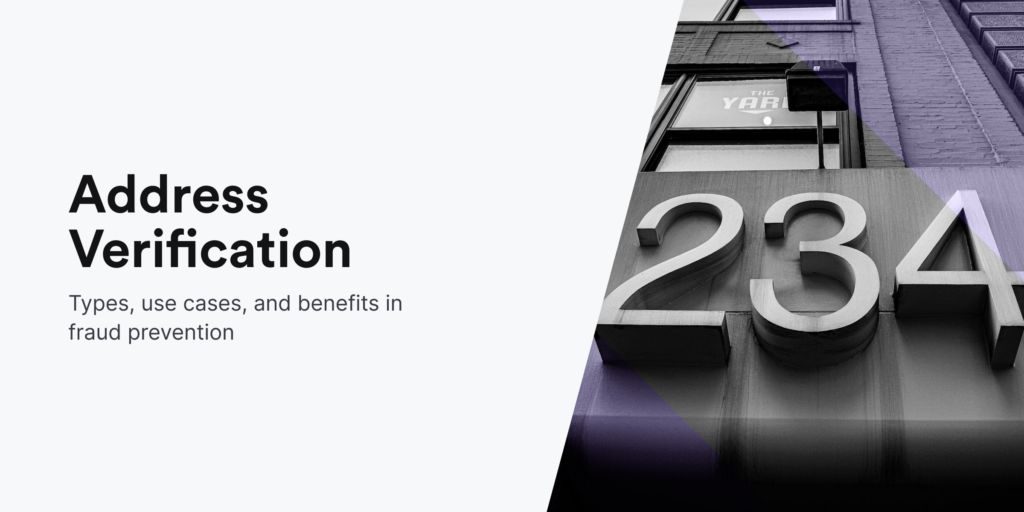
February 7, 2024
Address Verification Explained
Access the most recent information on address verification, including use case examples, and learn the key methods for confirming whether the provided address data aligns with the information provided by another individual or business.
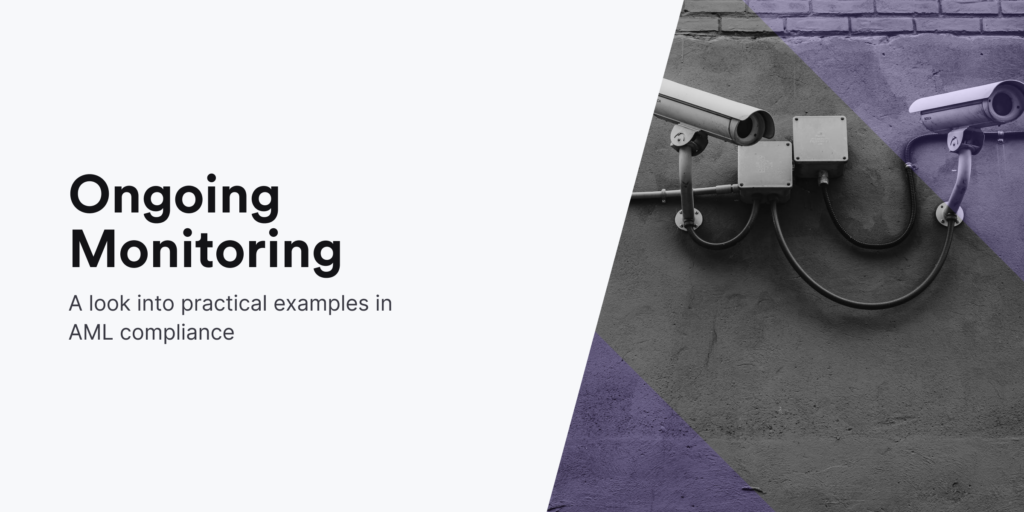
January 31, 2024
What is Ongoing Monitoring? [With Examples]
Dive in to find ongoing monitoring examples, what it takes to stay KYC/AML-compliant, as well as the challenges that arise when trying to build a proper ongoing monitoring process.

January 29, 2024
What is Reverification? Business Guide [2024 Edition]
Find out the key use cases of reverification and learn why implementing this process can be a beneficial factor in both security and user experience.

January 28, 2024
Top 3 KYC Automation Benefits for Businesses
We explore the concept of KYC automation and its use cases, explaining how AI-powered KYC software can improve internal compliance operations for businesses.
